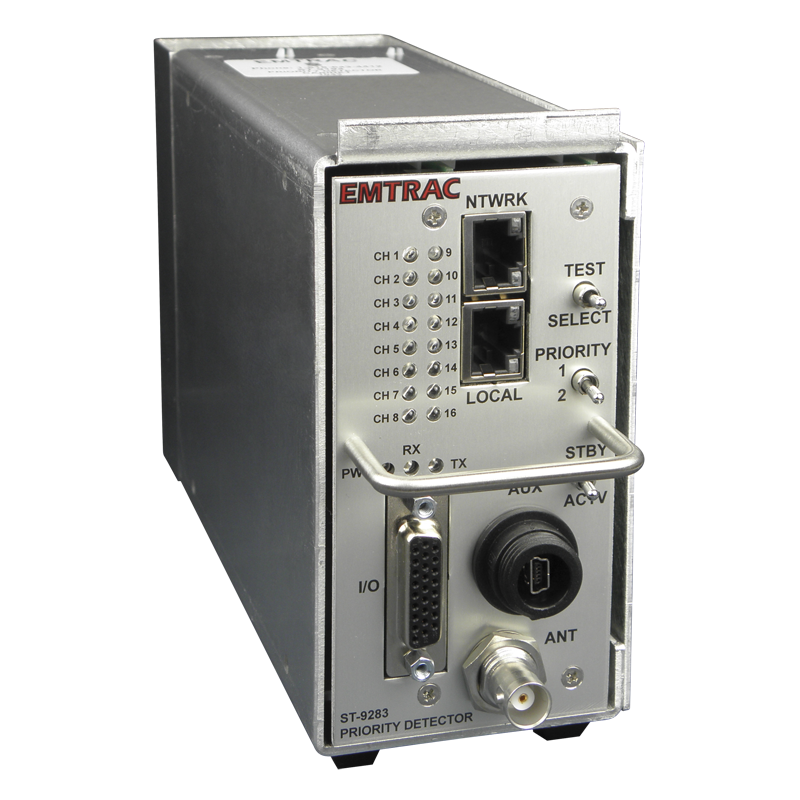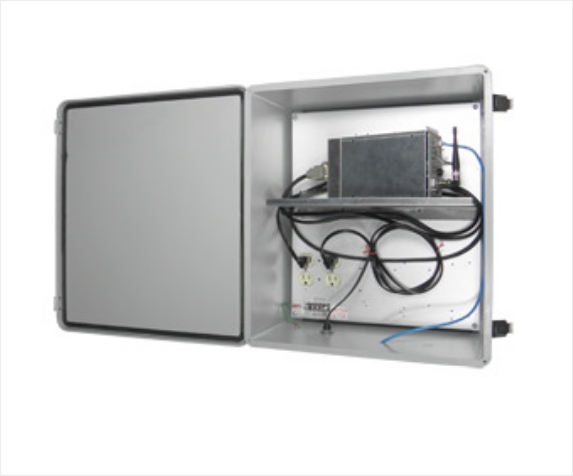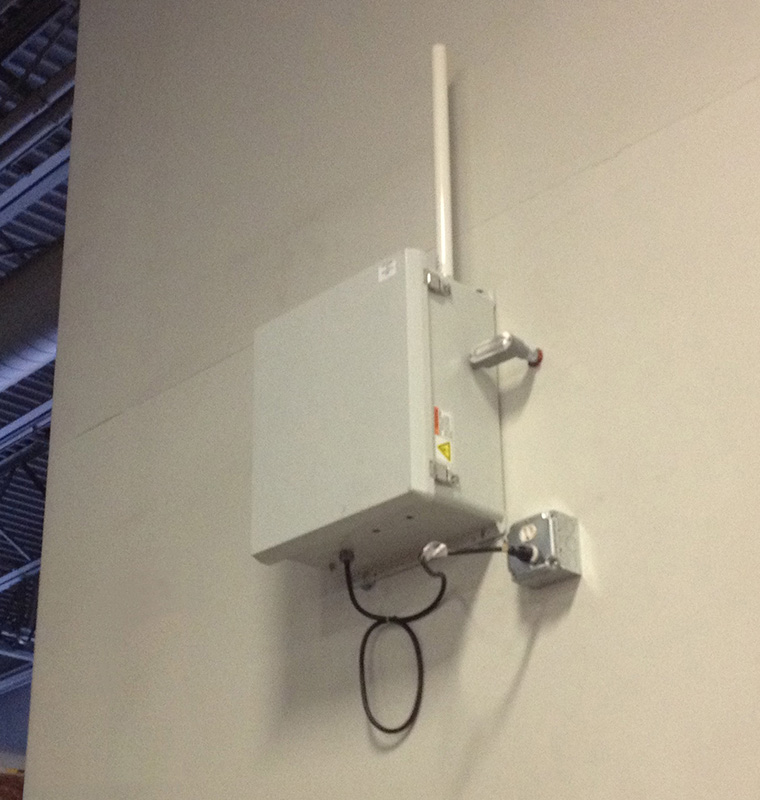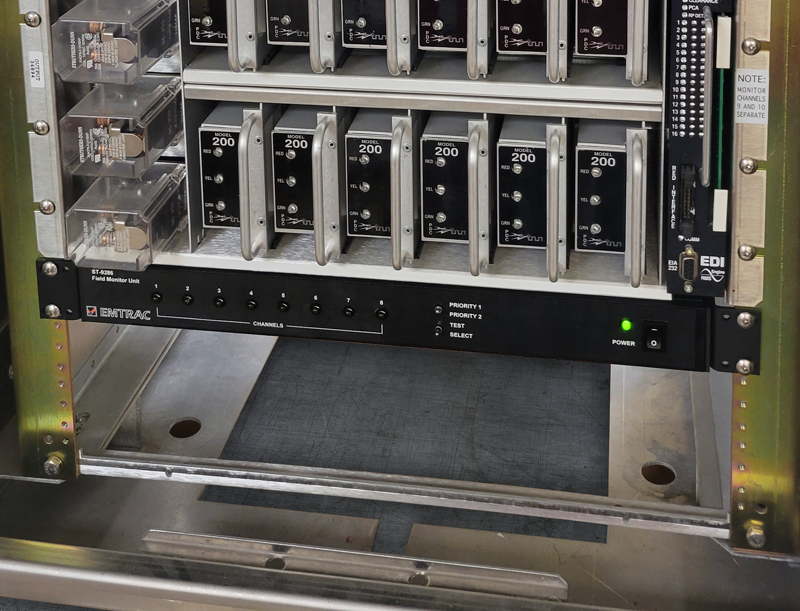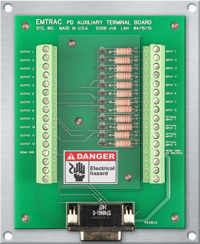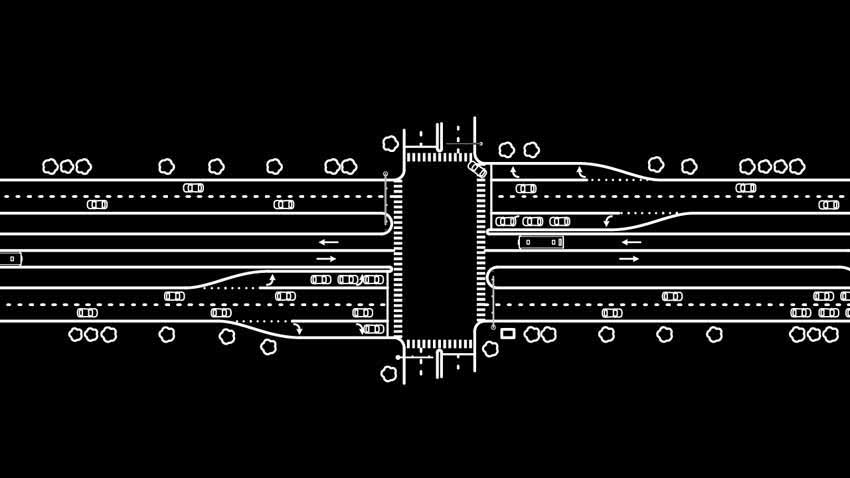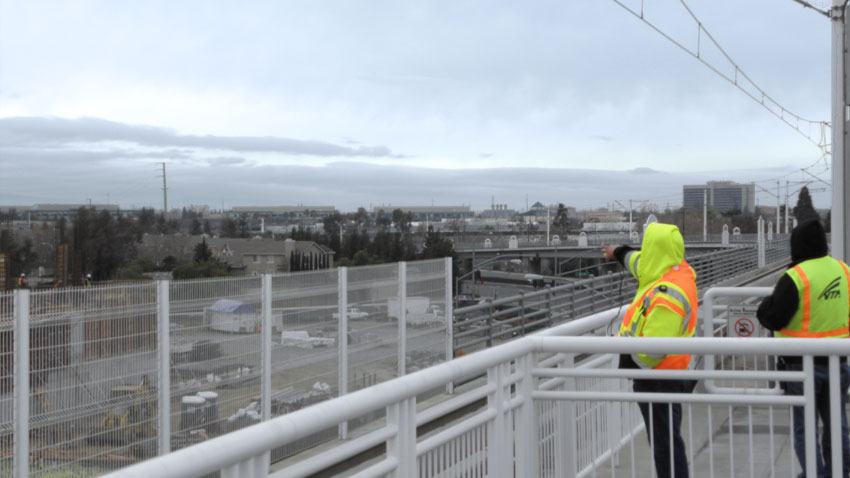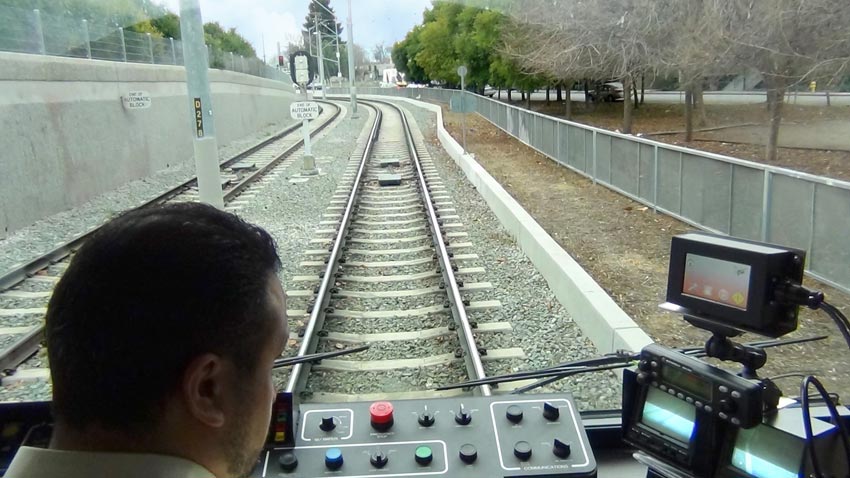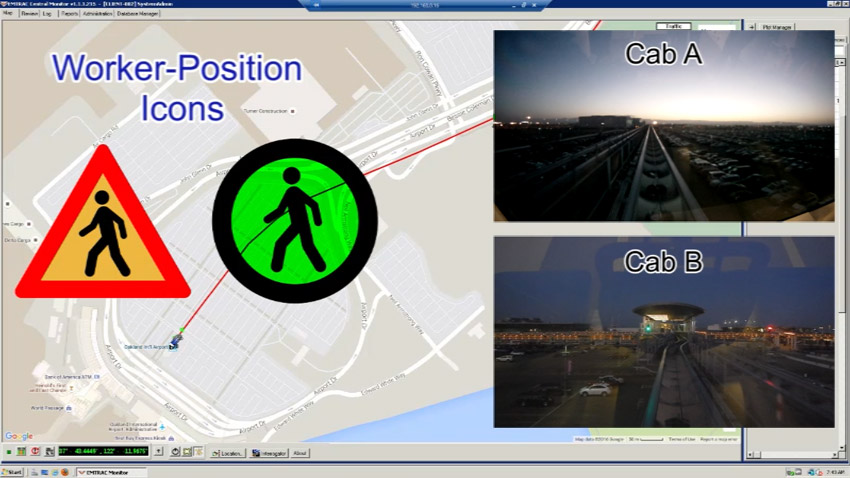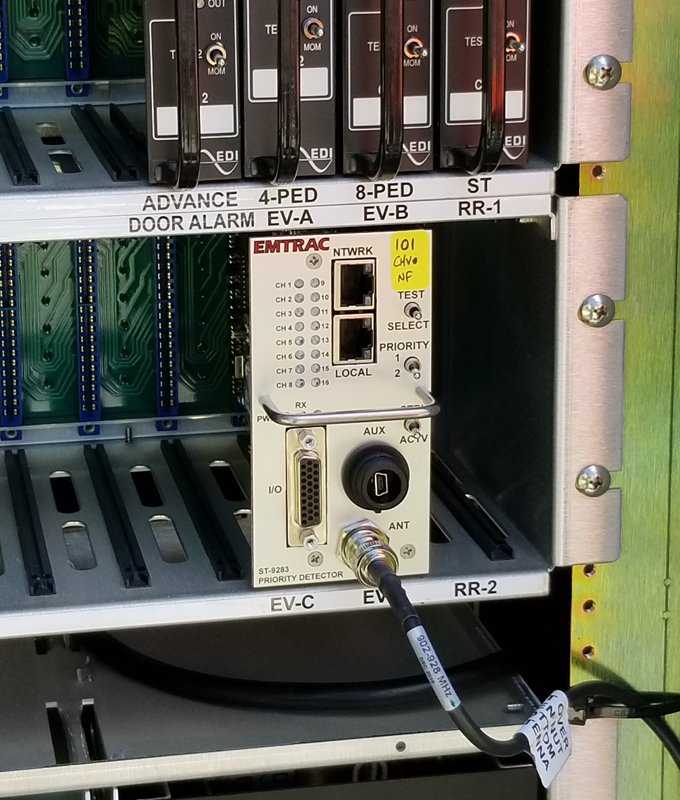
- Includes serial RS-232 or Ethernet communications to enable remote monitoring of system activity and configuration of EMTRAC equipment through the existing traffic network
- Supports up to 16 inputs and 16 outputs, with one auxiliary output configurable as a satellite timing signal
- Logs up to 5,000 locally-stored events (up to 10,000 events with removable memory)
- Four main directional outputs and up to 12 auxiliary outputs are provided, with each input and output signal optically isolated for 2,500 volts
- Operates on 120 VAC with its own power supply, and fits NEMA, 170/2070, ITS, Caltrans, and custom cabinets
- Includes indicator lights for power on, signal received, active-output by priority, and direction of signal or channel
- Includes toggle switches to send output in either Priority 1 or Priority 2 mode, allowing manual testing of detector function and intersection response. The Standby/Active switch enables testing and configuration without affecting the live signal
- Compatible with all major brands of NEMA and 170/2070 controllers

